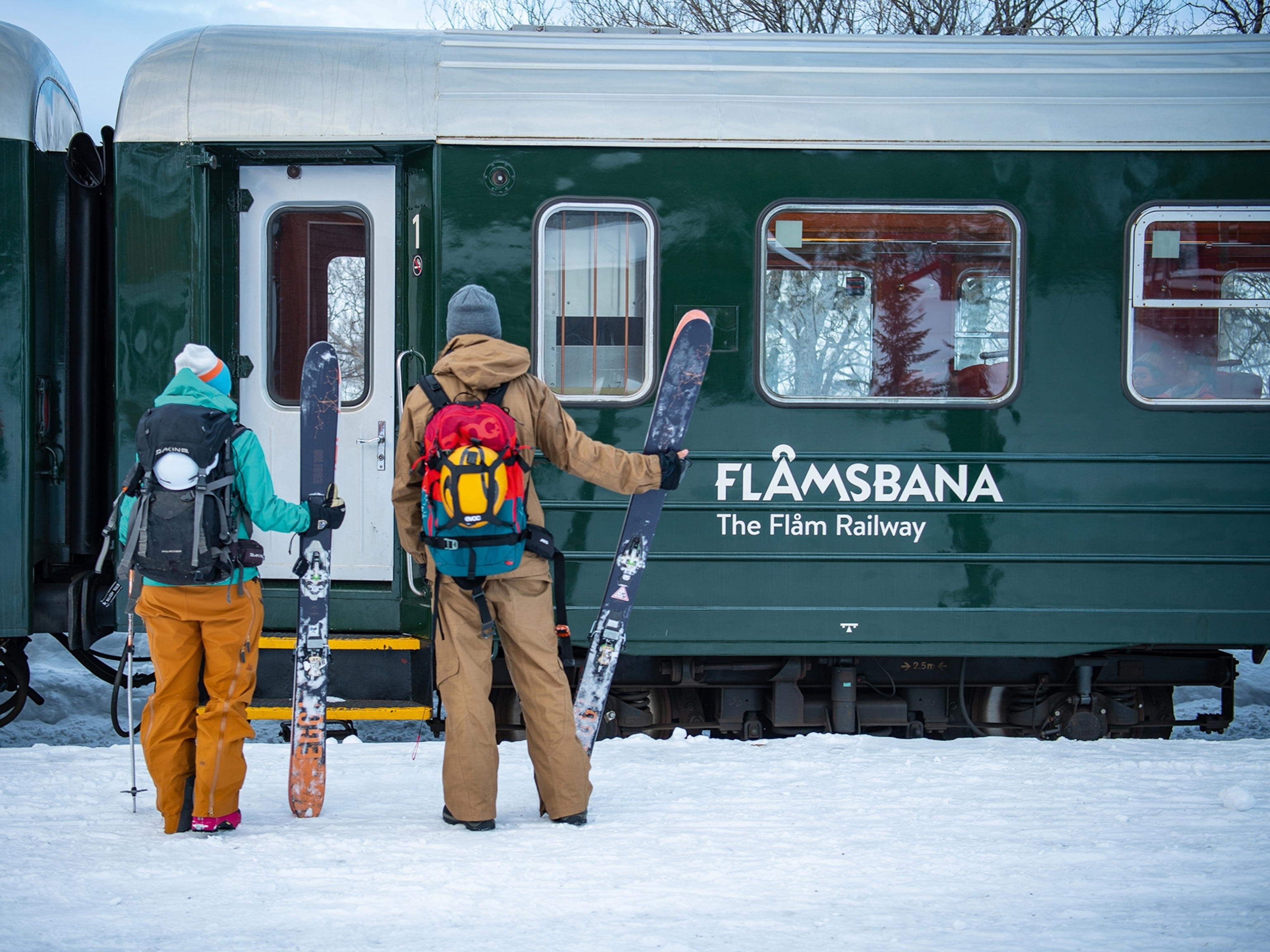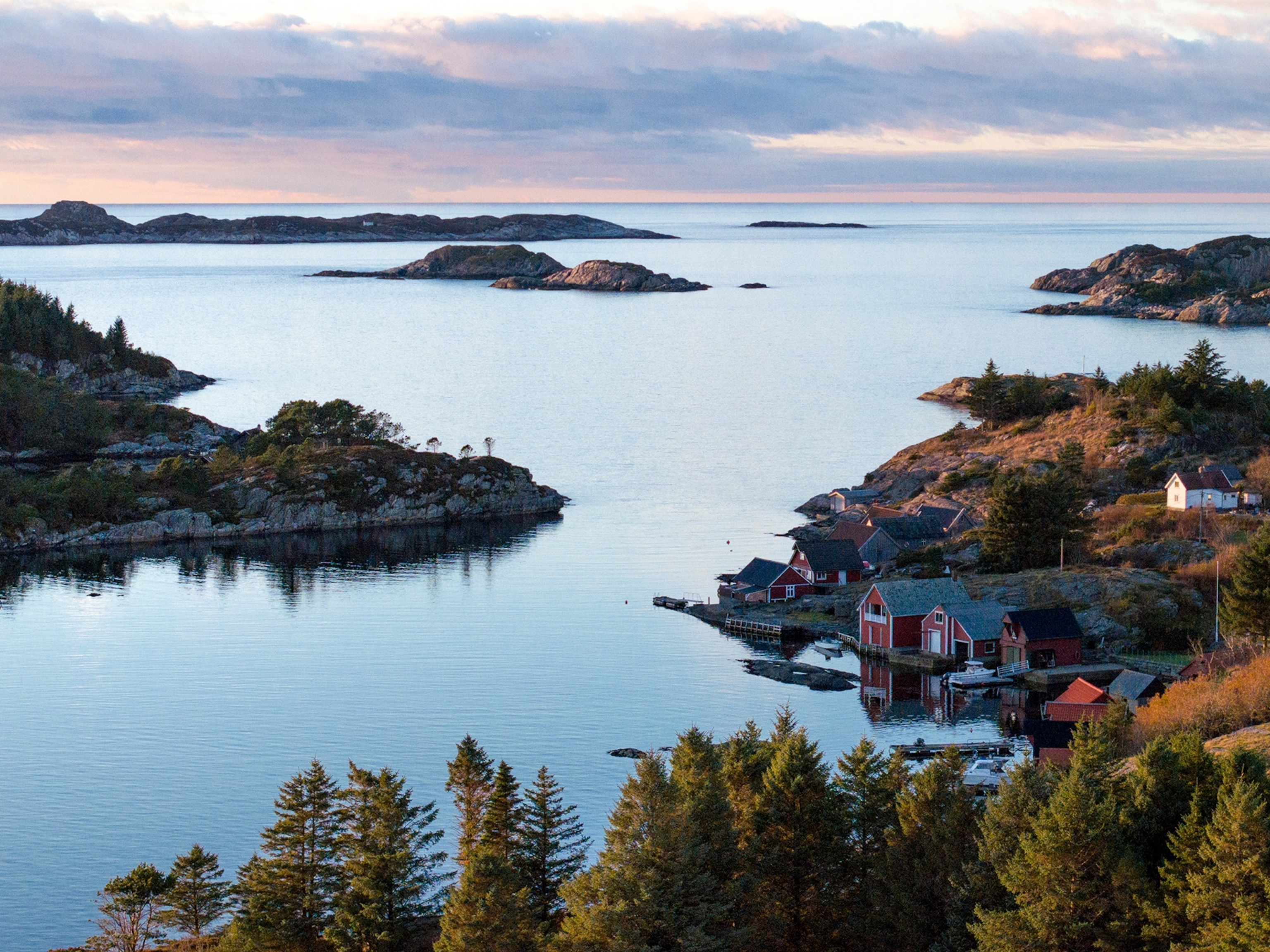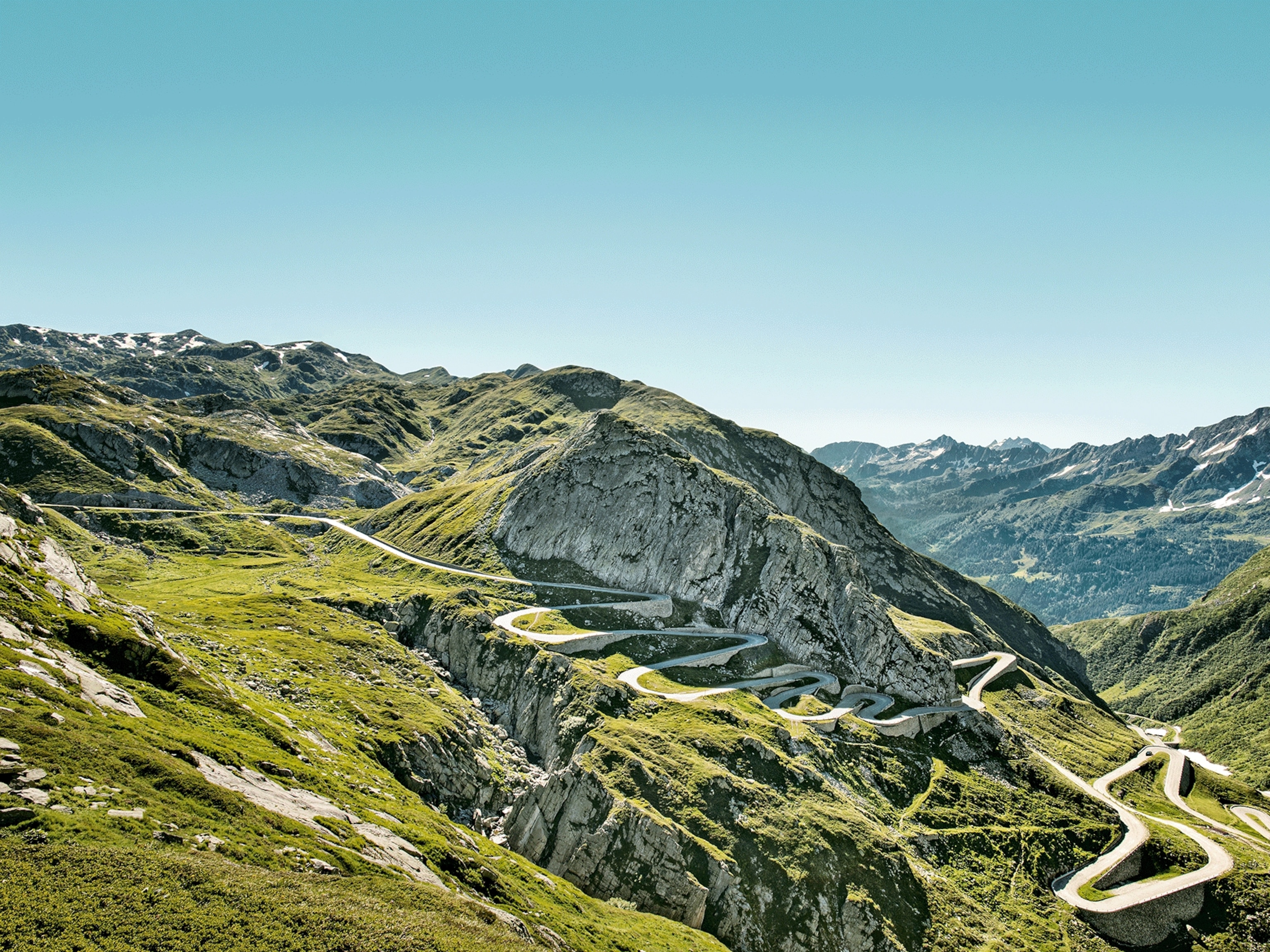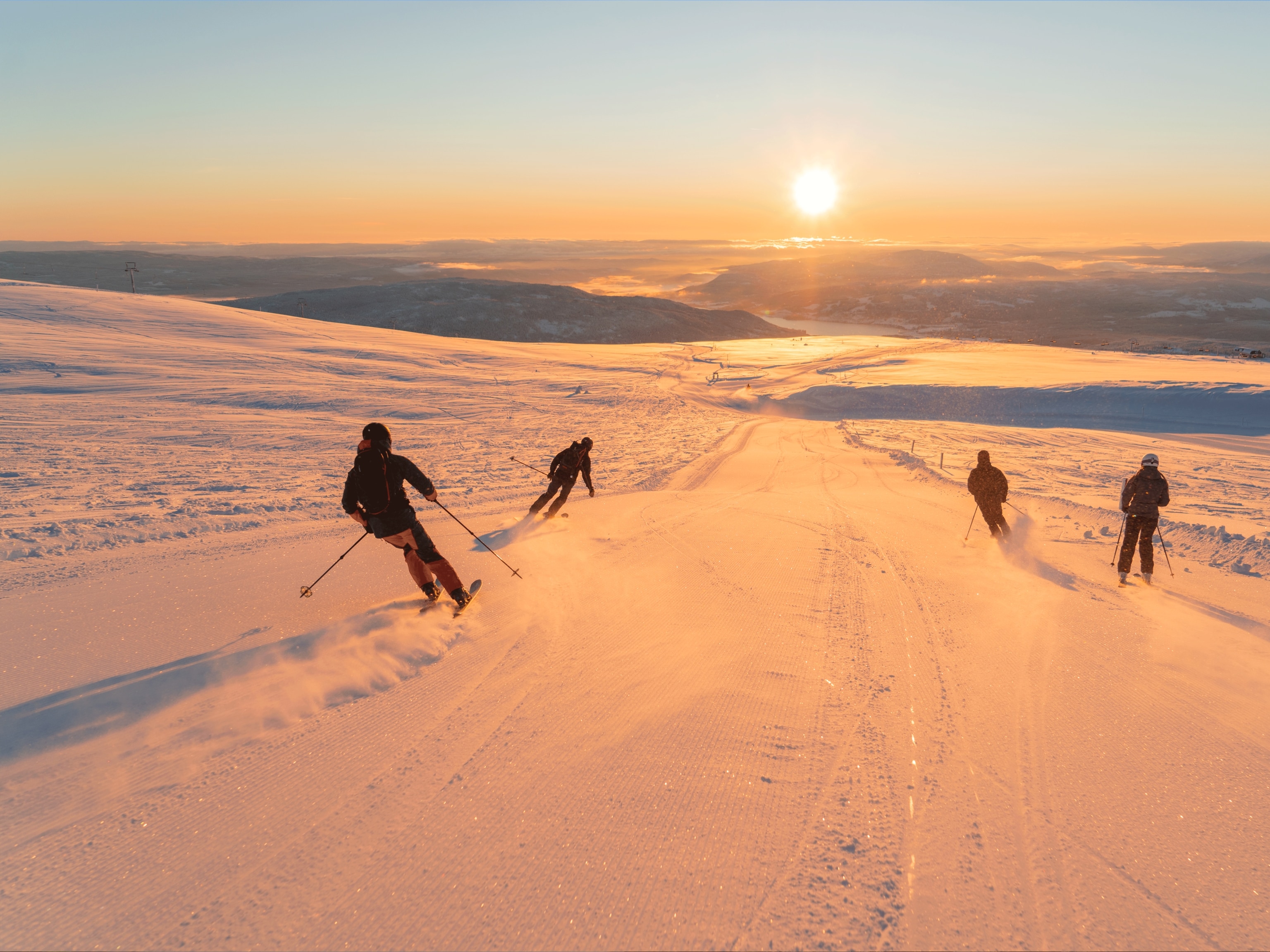
How Norway's scenic Sunnmøre Alps are becoming Scandinavia's hottest travel destination
Two decades after the closure of a local textile factory, tourism is now the community’s lifeblood. Today, there are new places to bed down and ways to explore, from cycling tours to dining safaris.
Pursing his lips, Helge Kvam Karbø prepares to play a spindly birchwood horn. Deep and low, his first few notes reverberate through Fjordland valleys; a forlorn, wistful lament.
In the past, remote communities would use these melancholic melodies to communicate with each another, sending warnings about the temperamental weather or simply as a reassurance no shepherd would ever be alone. Today, few people possess the skills needed to play these historic instruments, but Helge, the CEO of adventure company Fjord Nature, is part of younger generation determined to keep the tradition alive.
Stowing the antique horn behind a row of turf-roofed farm cottages clinging to cliffs gleaming with emerald blades of spring grass, Helge finishes his mini concert, and we continue our electric bike ride through the Sunnmøre Alps.
Dramatic even by Norwegian standards, it’s an area where fjords plummet to deep-sea depths and mountains rise so high they threaten to block out the sun. Close by, thousands of tourists board cruises ships to tour UNESCO-protected Geirangerfjord, but here there’s no one.
Our 12-mile ride takes us past a drowned village littered with the bones of petrified trees, and the Norangsdalen valley, Norway’s narrowest, where the walls pinch so tight I can almost stretch out my arms to touch both sides.
Hailed for its excellent hiking routes and kayak-friendly waterways, Sunnmøre has experienced a revival in recent years. Helge’s business is one of many benefitting from tourism generated by the philanthropic Flakk family, who own three hotels and a cabin in this region, along with a fleet of helicopters, boats and cars — all falling under the umbrella of adventure company 62° Nord.
The story of a community tightly knitted together threads back to one of Norway’s most historic textile companies, Devold, whose jumpers were worn by, among others, the polar explorers Fridtjof Nansen and Roald Amundsen.
In 2001, several years after Knut Flakk bought the company, economics forced him to outsource production to Lithuania. Concerned by the gaping hole left in the local community, he turned to tourism to plug the gap.
“A great place to visit must also be a great place to live,” says Ann Kristin Ytrevik, 62° Nord’s marketing manager, explaining the company’s philosophy of community conservation. “Tourism should have a positive impact."
In Øye, the start of our bike tour, where the Flakks’ Hotel Union Øye sits below towering Slogen mountain, a dying town has been resurrected by tourism. Built in 1891 and recently renovated, the picket-fenced, alpine property is a favourite with Queen Sonja of Norway, who loves hiking. A room in her honour features a button by the bath to call for Champagne.
And in Hellesylt, Helge’s hometown, where our bike ride ends, Knut plans to open a hydropower plant to service cruises ships — an eco measure required by the Norwegian government to cut emissions by 2026. The huge outlay will never be recouped in Knut’s lifetime. Not that it matters. Leaving a legacy, he insists, is enough of a reward.
Giving a future to people is important but one of the best ways to do that is by preserving the past. Embodying that message are Inge and Bjorn Tolaas, who’ve formed a partnership with Storfjord Hotel, another property in the Flakk portfolio, a two-hour boat ride north from Oye, in Glomset. Guests staying at the luxurious fjord-side hotel can join a traditional dining safari at the couple’s farmhouse, also in Glomset, which once supplied wool to Devold.
When I arrive, trays of golden chanterelles are drying in the garden. Dressed in an embroidered bunad tunic, Inge serves me plates of walnut bread with wild garlic, lamb sausage laced with lingonberry, and juniper-infused salmon from her husband’s smokehouse.
Parading a curious collection of headwear — including a crown of antlers and razor clam headdress — Inge’s hospitality verges on performance art. She’s excited to have an audience, but, more than anything, she’s happy to be living and working in her family home.
“Every day we get to enjoy this view,” she says, opening her arms to the mountains, sea and sky. “That’s something very special.”
Essentials
How to do it
Scott Dunn offers a six-night Norway itinerary from £7,200 based on two people travelling on a half-board basis. It includes stays at Hotel Union Øye and Storfjord Hotel, return flights and private transfers. For more information, see visitnorway.com
Published in the June 2022 issue of National Geographic Traveller (UK)
Follow us on social media
Twitter | Facebook | Instagram





